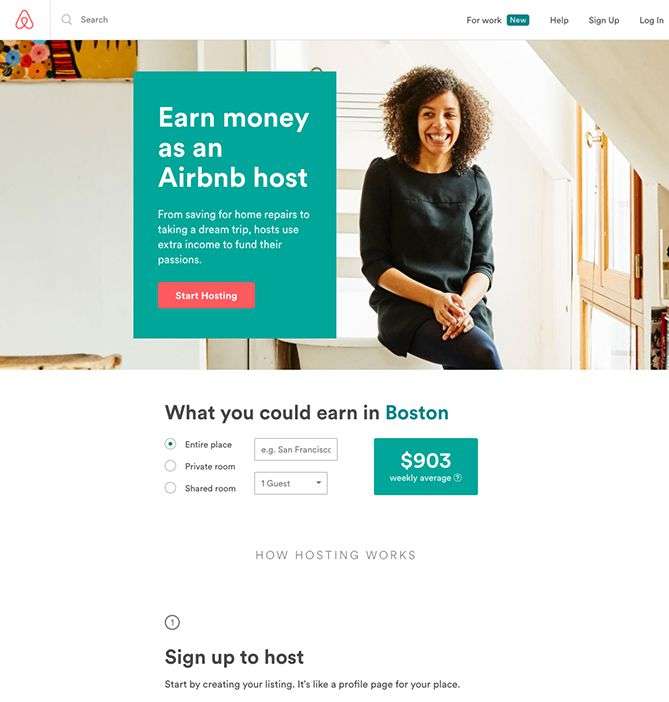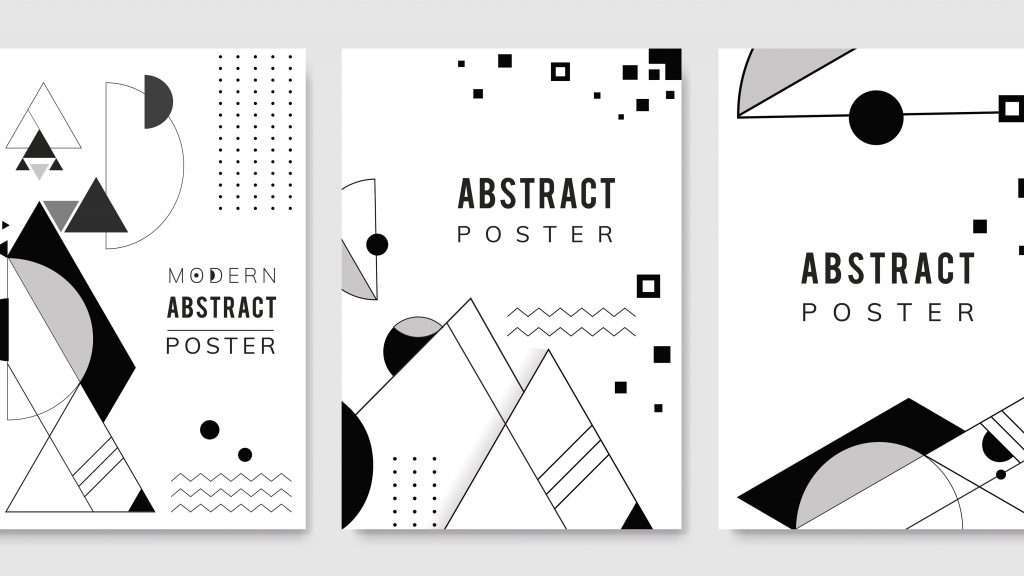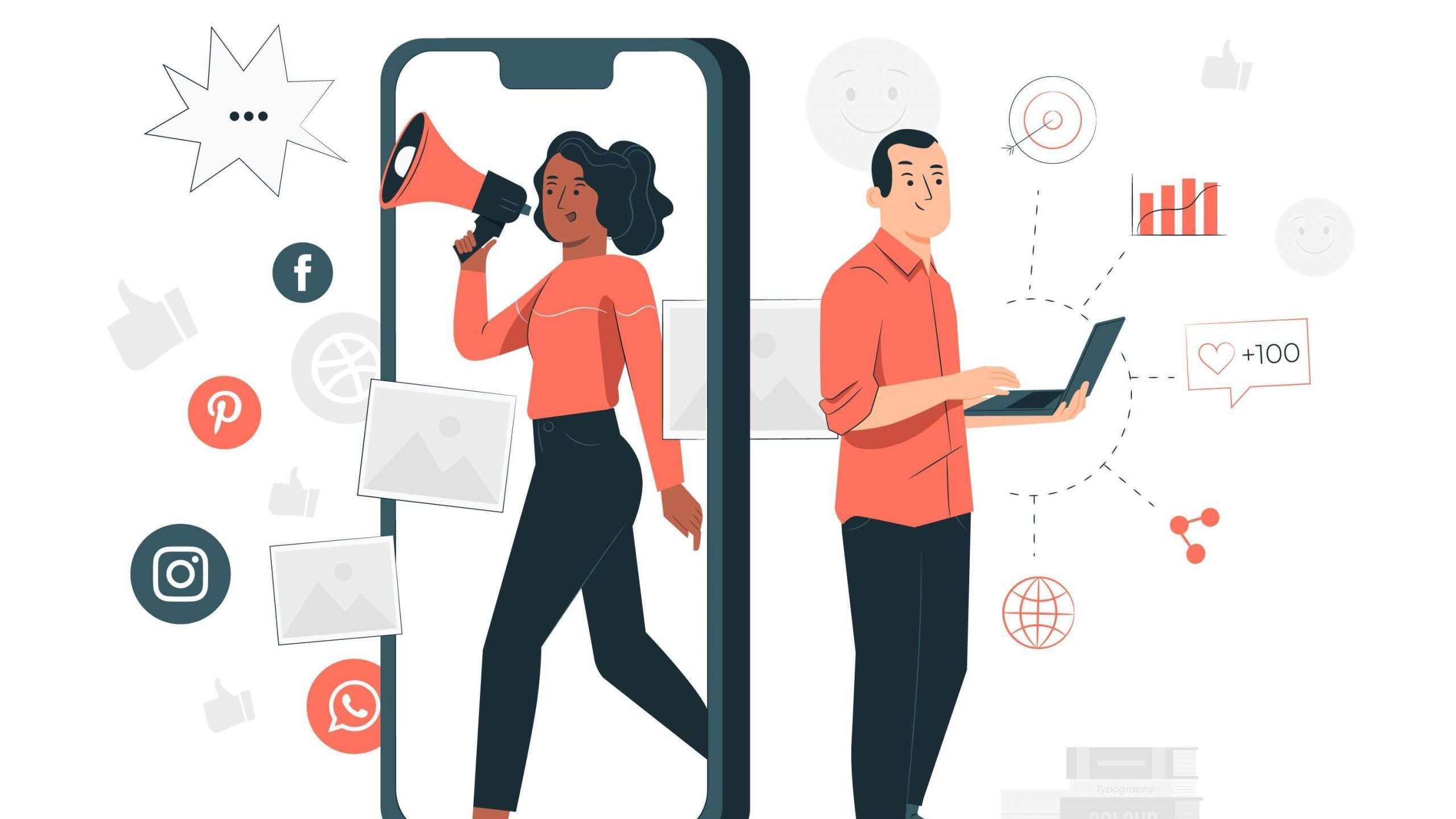Can you imagine having to raise brand awareness solely through word-of-mouth?
It would take forever to build your brand based on this unreliable technicality; which is why marketers, bless them, devised various types of assets called marketing collaterals to help businesses bloom.
Now let’s retrace a couple of steps. For those who used Apple since their worldwide debut, do you remember when U2’s Songs of Innocence album mysteriously appeared in your iTunes in 2014? What a time. Customers weren’t aware that it was a marketing stunt to promote Apple’s latest products. Moreover, they were not pleased.
Whether you’re an avid listener of the rock band or not, pushing an unwanted album onto millions of users only provoked feelings of violation. In hindsight, an announcement of the new album with a free iTunes download link would’ve been a better move.
Despite the acclaim of your brand, you still need to approach new and existing audiences with the right marketing collateral.
What is marketing collateral?
Marketing collateral is a collection of any media material used to inform, promote and educate customers on a company’s product or service.
The age of technological advancement has transitioned old-school methods like printed brochure and flyers to any digital content used to communicate your brand’s message.
This conversion to online media brings endless opportunities for companies to reach a global range of consumers without having to depend on face-to-face interactions.
Some examples of marketing collateral include blog posts, catalogues, online videos and, as Apple would gingerly mention, music albums. The collateral typically delivers valuable information to prospects and contains a call to action.
Today, you can personalise emails that serve as a gateway to all your other content to as many people as you wish.
Essentially, collateral paves every step of the marketing process for all businesses.

Examples of marketing collateral ideas
Free of the limitations imposed by print materials, you can now choose from a multitude of digital varieties.
The vast advantages of going digital include sharing your collateral on social media and in turn, tracking viewers’ engagement, as well as capturing feedback to identify effective collateral types and plan for future campaigns.
I. Blogs
Blog posts are one of the most used types of collateral by firms. It’s a solid foundation for any credible and authoritative brand. Aside from educating audiences, these posts often enclose a call to action for readers to check out the products and services provided by the company.
Writing blog posts can address the problems potential consumers are facing and subsequently offer a solution. At the same time, you can enhance brand awareness as it drives traffic to your company website.
II. Landing pages
Modern website designs have what we call landing pages which are linked to specific marketing campaigns.
Basically, it’s where your viewers land when clicking from an ad; sort of like a cover for the linked pages, if you will. They often consist of a form for you to fill up your contact information.

Landing pages are used for different purposes, but they are most commonly used to collect information to generate leads. By gathering information on your prospects, you can better personalise your content accordingly.
III. Infographics
Not everyone wills the patience to read lengthy blocks of texts. Consequently, infographics combine text with a visual aid to help audiences retain information.
Many businesses utilise this form of marketing collateral. An infographic can be a standalone illustration, graph or chart; or even inserted into a blog article.
Since humans are scientifically proven to process visual information better, infographics can leave a more lasting impression as opposed to text. They can also make you more noticeable amid content bombardment.
IV. Newsletters
Most of the time, newsletters are sent out as emails to keep current clients updated on products and new features. However, frequent email newsletters may come off as intrusive to your clients. To stand out from the competition, try introducing your newsletters as interactive digital publications. That way, readers can engage with your content and stay intrigued.
Besides building relationships with your customers, newsletters can drive traffic to your website and increase sales.
These examples of marketing collateral ideas are best suited for the awareness stage, which is when a customer is searching for a solution to their challenges. When a prospect has entered the consideration stage of a buyer’s journey, it’s time to present more in-depth material so that they choose your brand, i.e. eBooks, demo videos, case studies, etc.
In the decision stage, you need to convert consumers into evangelists. You can start producing tote bags and other functional freebies so that buyers market your brand every time they use these assets.
But why are marketing collaterals so significant to all businesses?
Why do they matter?

I. Represent your brand
Your kind of company (B2B or B2C) aside, marketing collateral is the spokesperson for your brand. They are active at all times of the day even when you’re not, visible to potential customers in shared channels.
Whether your marketing material takes the form of websites, brochures or videos, they are constantly getting the word out about your business, and quick.
II. Communicate your proposition
Businesses are built on the backbone of people’s unfulfilled needs.
Therefore, marketing collateral proposes a solution and attracts customers to particular products or services that can resolve their challenges. They inform and educate consumers on your offering, persuading them to take action about the ball in their court.
III. Connects audiences with your brand
Marketing collateral shares your brand’s core messages and sparks conversation among customers across different communication channels.
Take superhero movie franchises, for example; they engage excited fans with merchandise like clothing and toys so that fans feel connected to their favourite superheroes.
IV. Generate word-of-mouth

Your consumers are the reason your company exists. Having positive word-of-mouth can do wonders. New buyers will be encouraged to do business with you after reading good reviews, loyal customers will refer you to friends and family, and there will be an overall buzz surrounding your brand.
By nature, we are wired to share when we’re satisfied with something, and especially when we’re not.
In conclusion, marketing collateral is a critical tool for supporting sales campaigns. They provide methods for companies to construct a more cohesive understanding of their brand identity and personality.
Walk Production is a digital and creative agency that’s proficient in the many layers of marketing collateral. We offer compelling services related to all things branding, such as corporate identity design, copywriting, website development, on-page and off-page SEO and more. Growing your business can be a tricky process, so don’t hesitate to reach out for help!
You can find out more about Walk Production’s services on our official site.

